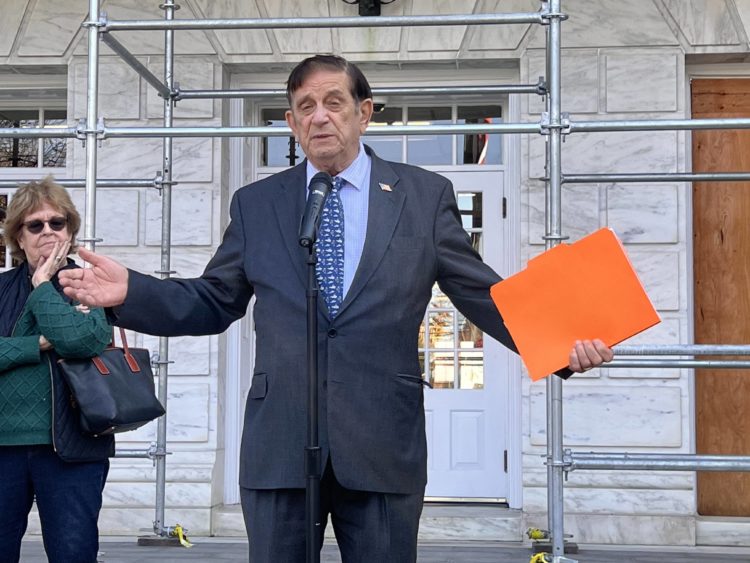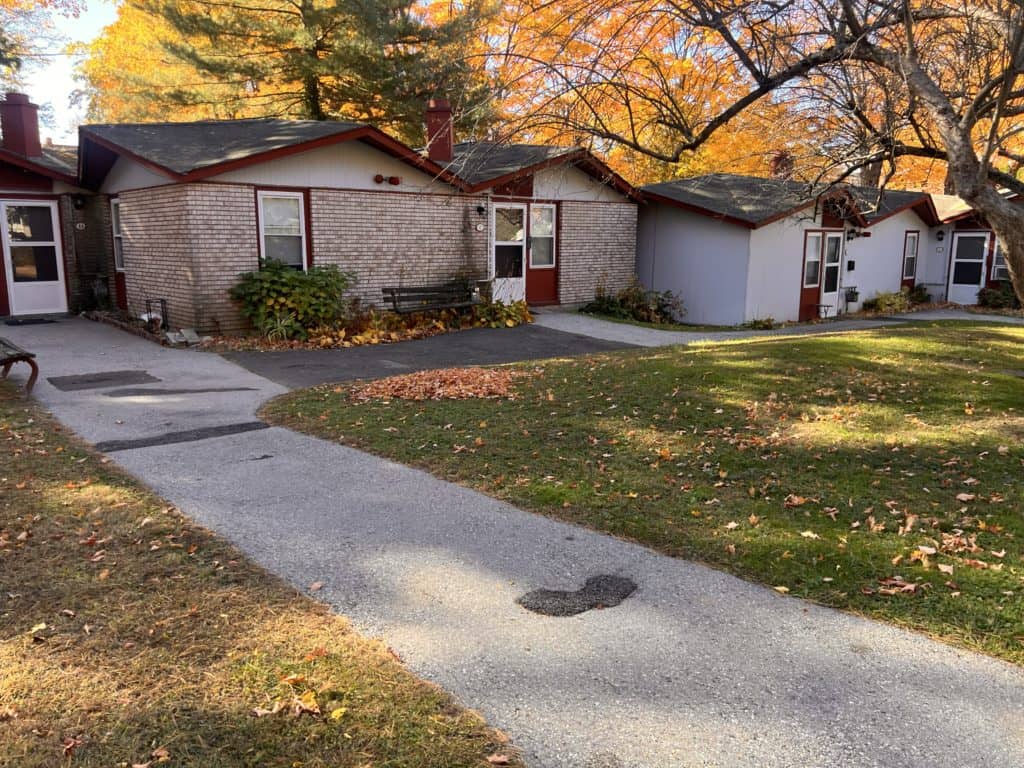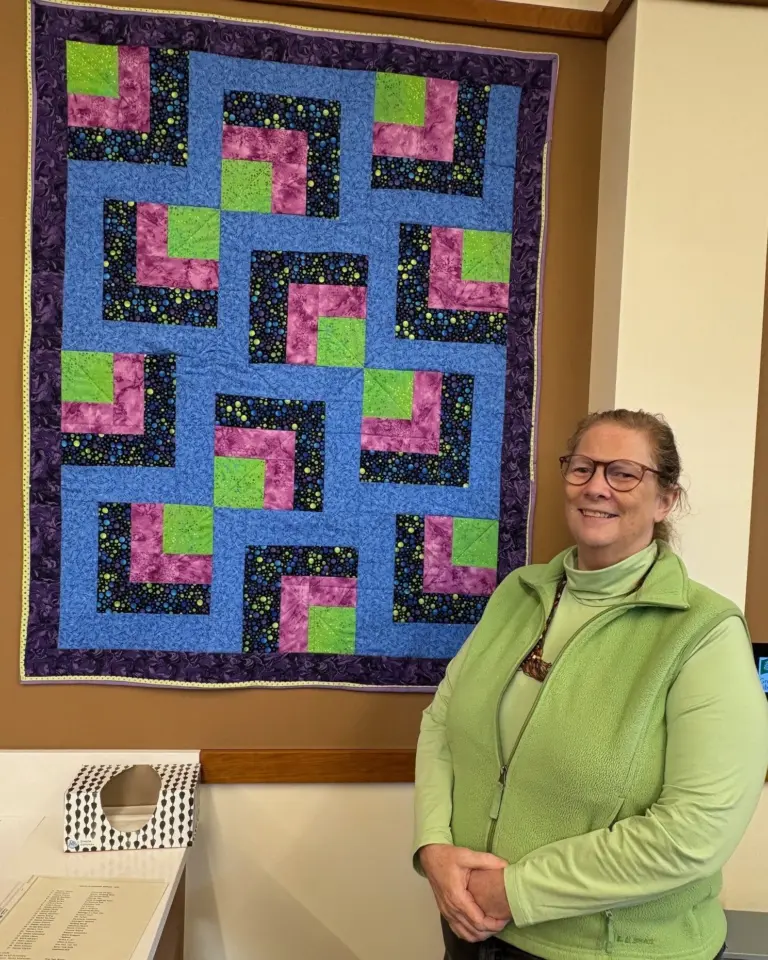
By Stephen Janis
There was some good news at a press conference last week highlighting Greenwich’s progress toward meeting state requirements for affordable housing construction. First Selectman Fred Camillo and town housing officials announced plans to add 275 affordable housing units at Quarry Knolls, a senior housing complex.

Housing officials estimated the cost at roughly $120 to $130 million and said it would include a mix of standalone units and possibly a low-rise apartment complex. The plan involves transferring current residents to Vinci Gardens, a 52-unit, all-one-bedroom senior housing facility, before planning and construction begin.
Quarry Knolls was originally built in 1961 as a multi-phase housing project for low-income seniors, with financing from the Department of Housing and Urban Development.
Camillo said the expansion would bring Greenwich closer to complying with a state law requiring at least 10 percent of a town’s housing stock to meet affordability standards. He noted that 5.8 percent of Greenwich’s housing currently meets the state’s standards.
“When you see areas transformed, people know what Greenwich is doing,” he said, adding, “Greenwich is doing the right thing.”
However, the gathering on the steps of town hall quickly turned to questions about a reported threat to evict a family from an existing affordable housing facility—a claim town officials argued had been inaccurately reported in other outlets.
The controversy stemmed from an email sent earlier this month to the RTM by a resident at Wilber Peck Court, an affordable housing project owned by Greenwich Communities, the nonprofit managing most of the town’s affordable housing. The tenant requested assistance with a cockroach infestation in their apartment.
“I am messaging to let you guys know and to ask for help. In Wilber Peck, there are multiple cockroaches throughout the complex,” the tenant wrote. “It has affected my living situation, my happiness, and my ability to get rid of them.”
Anthony Johnson, the Executive Director of Greenwich Communities, responded in a follow-up message to the RTM, stating that an exterminator had visited the home in question. Johnson noted that a dog on the premises complicated the treatment and mentioned concerns that an inspection found the unit was not properly maintained by the tenants.
“Immediately upon notice, Greenwich Communities visited the apartment with an exterminator and maintenance staff,” Johnson wrote to the RTM. “However, the housekeeping of the unit was not acceptable.”
This prompted Greenwich Communities to send a “notice to cure,” giving the tenant time to address the issues. Officials would not provide details on the apartment’s condition.
At the press conference, housing officials said the notice to cure had been inaccurately portrayed as an eviction notice. Sam Romeo, Chairman of the Board overseeing Greenwich Communities, claimed some RTM members mischaracterized it as retaliation for bringing the complaint to the RTM, which he described as inaccurate.
“I’m upset with those who said we are bullying,” he told the Sentinel. “They are politicians trying to score political points. I take it personally because I care and would never do that. I care deeply about the residents.”
Romeo—a volunteer in his position—emphasized that the letter was a standard and legally required step when housing officials find unsanitary conditions or other issues that don’t meet Greenwich Community standards.
The process allows tenants time to meet with housing officials and address any outstanding issues. Johnson noted that a notice to cure is one step in a process with numerous safeguards.
“There is plenty of time to respond, sit down with us, and try to fix the problem,” he said. “We bring in other services to help the tenant.”
Johnson confirmed that a “notice to quit”—which would initiate eviction proceedings—had not been sent to the family and expressed confidence that the issues would be resolved.
Ashley Manick, a resident of Armstrong Court, another project managed by Greenwich Communities, defended Romeo, stating that he shares his cell phone number with tenants and frequently plans activities for residents.
“I know from my experience it’s hard to believe they received an eviction notice,” she said, adding, “I actually think they’re too lenient with the residents.”
Some RTM members were similarly perplexed by the controversy. Frederick Lee, an RTM representative from the town’s first district, said he received the tenant’s email, alerted housing officials, and noted that they responded promptly by inspecting the premises.
“After I brought it to everyone’s attention, Romeo went there the same day to personally inspect it,” he said. “I had notified the sender and told her someone was coming. How it escalated beyond that, I’m not sure.”
Before the back-and-forth over the notice to cure, Camillo praised the town’s swift efforts to comply with state laws requiring affordable housing development.
Known as 8-30g, or the Connecticut Affordable Housing Land Use Appeals Act, the law allows developers to bypass local zoning restrictions to build affordable housing in communities where less than 10 percent of housing stock is deemed affordable. Enacted 30 years ago, the law aims to address the statewide shortage of affordable housing.
Camillo noted that Greenwich Communities has been the primary driver in the town’s push for more affordable housing. The Quarry Knolls development would add to the town’s existing supply of 1,245 affordable units managed or owned by the organization, which provides housing for over 2,500 residents.




